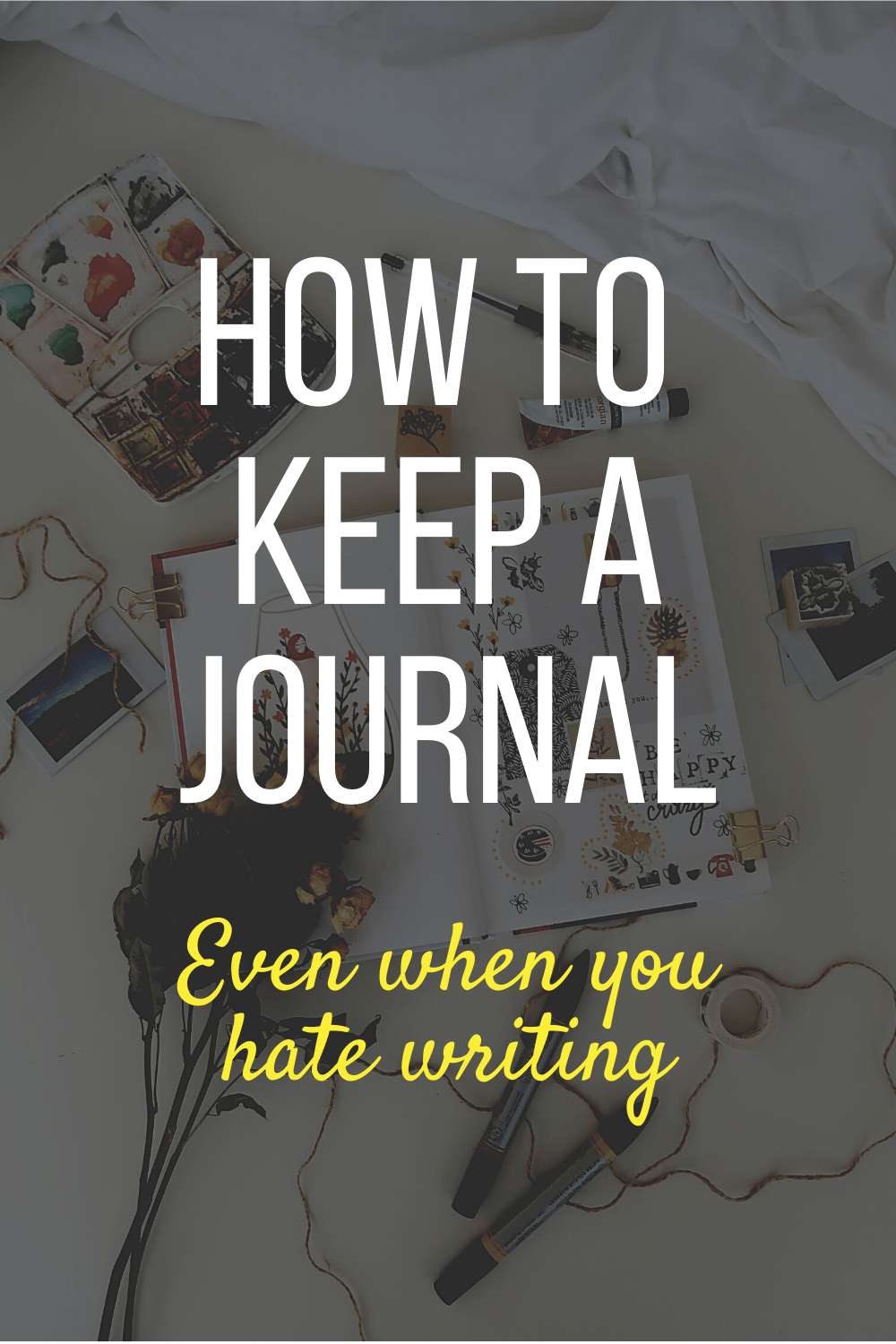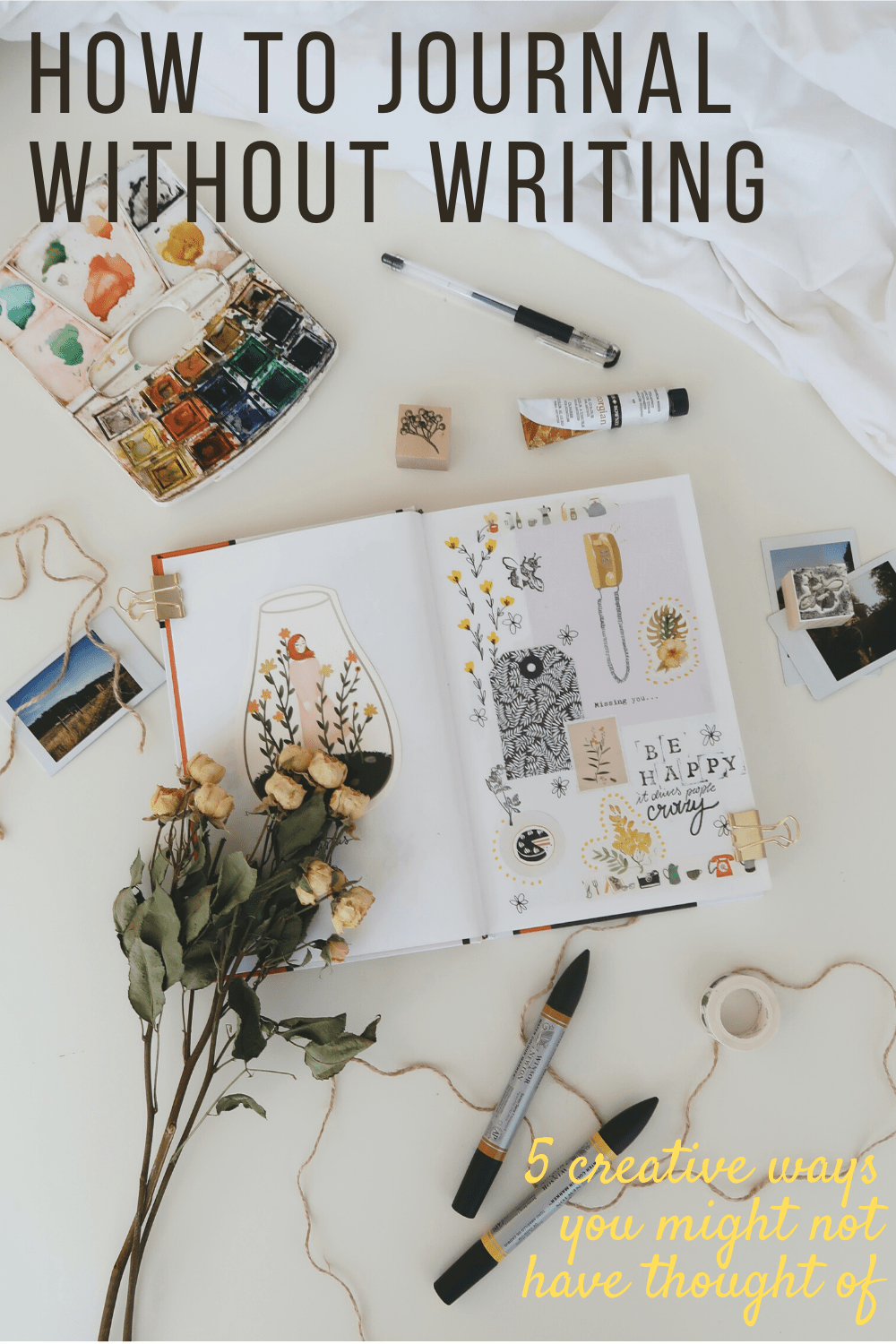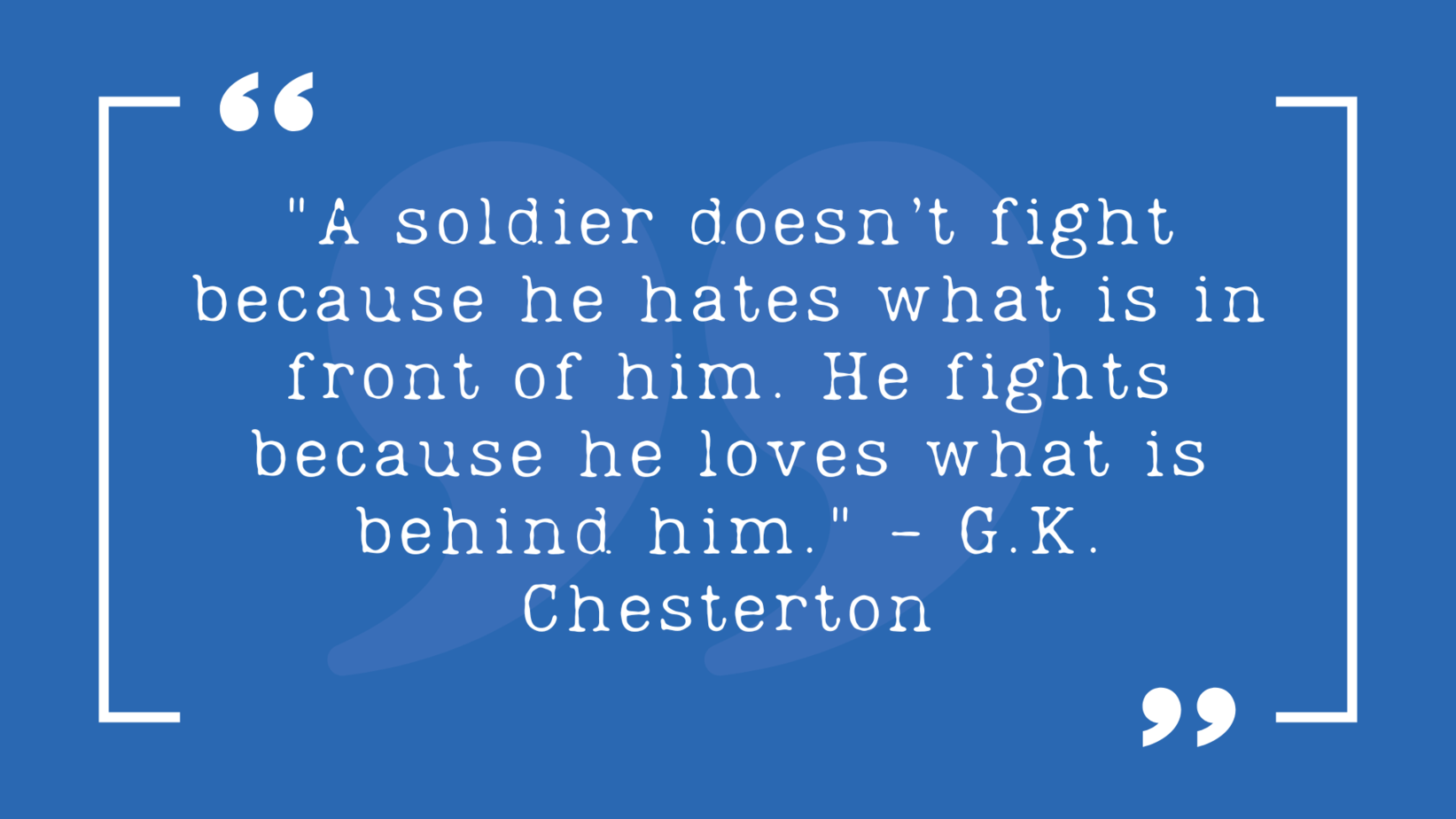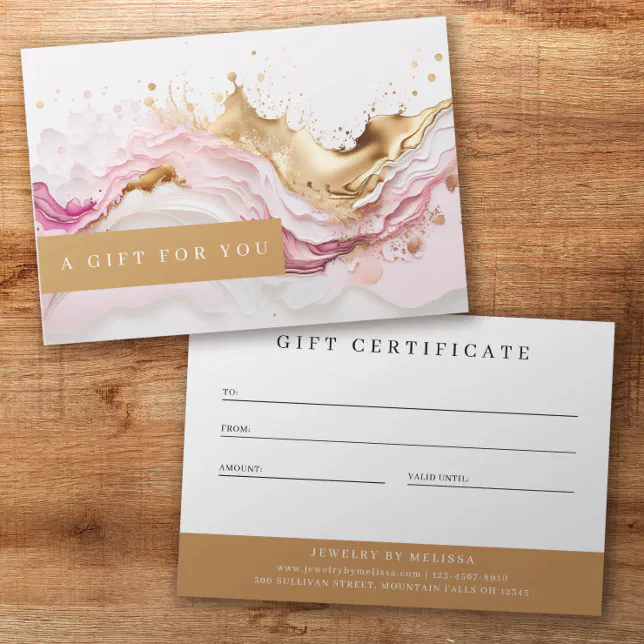The content on this site may include affiliate links. As an Amazon Associate I earn from qualifying purchases. This means that, at zero cost to you, we will earn an affiliate commission if you click on one of the links and buy something.
Journaling has so many benefits but if you’re not a fan of putting pen to paper and are wondering how on earth you can keep a journal without writing we’ve got five alternative ideas for you!

How to Keep a Journal When You Don’t Like to Write
Keeping a journal has so many benefits from a way of documenting your daily life and keeping stories for your family to being a very powerful self-help tool.
For many of us starting a journal is as easy as picking up a notebook and a pen and starting to write.
But if the thought of picking up a pen and putting words down on paper fills you with dread you might be thinking how on earth can you journal without writing?
The good news is that it is totally possible to keep a journal and not have to write a single word if you don’t want to.
Here’s how:
Draw or paint instead
Keeping a journal is more about documenting thoughts and stories than the act of writing.
So if you hate writing but you love to draw or paint just use that creative form instead.
In fact you don’t even need to consider yourself an artist to document your thoughts in pictures, because something as simple as a stick person is a great place to start.
If you’d like some help getting started with an art or creative journal you can find some free prompts in our art journal challenge.
Watch the video below to see how you can use an art journal to document your stories.
Use collage
If you don’t feel comfortable drawing or painting you can also keep a creative journal in the form of a collage or glue book.
Grab some magazines or newspapers and a pair of scissors and cut out words, phrases, paragraphs or even articles that relate to your situation or emotions at that particular point.
Add in pictures that you find that could demonstrate how you are feeling or want to feel.
Watch the video below to see the kind of things you can paste into a glue book to document your feelings or just as a creative outlet.
Use diagrams
If you are journaling about a problem, then you might consider using a diagram such as a mind map or decision tree instead of writing sentences.
Diagrams are powerful because they are visual and help you to see patterns and connections more easily.
If you are trying to make a decision, then you can illustrate the different outcomes and results to help you formulate the best decision.
Adding in color not only makes them more attractive but can highlight connections.
Use writing prompts
If your issue isn’t so much that you don’t like writing, but that you don’t know what to write you can take advantage of writing or journaling prompts to help you.
Using a simple prompt such as a word or question can help break the blank page syndrome and inspire you to unburden yourself onto the empty page in front of you.
It’s important that you don’t feel that you have to write a lot or even in full sentences.
The journal and act of journaling has to relate to your needs at that moment in time and this will vary day to day.
You could consider purchasing a prompt journal rather than using a blank one. There are lots of weight loss, gratitude, happiness and other journals available. Many of these will include prompts and recording methods that don’t require lots of writing.
Speak your thoughts
While writing using a pen and paper is probably the most powerful method of journaling you can also use dictation apps like the Apple Voice Recorder or Evernote to keep an audio journal so you don’t have to write anything down.
You can simply talk into the app on your phone, or on your desktop using Evernote and it will save a copy of your journal entry.
It might seem strange at first but if you talk as if you were chatting to a friend on the phone you will start to become more comfortable with it.
Bonus tip: Be flexible
Journaling does not have to be undertaken every day for a set period of time if that does not suit you.
Many people journal every day for 20 minutes as that is the method that suits them best.
However, it may be that once a week is enough.
Alternatively, you may decide that you will journal when you feel you need it.
Some days it may be that you choose to use a prompt or picture to kick-start your writing.
Other days you may find that the words flow and you can write without stopping.
The important points to remember are that the journal is a personal document designed to help you and that it is designed to be used and revised.
It’s a living document and there is no right or wrong way to create or use it. And as you have seen today it’s perfectly possible to keep a journal without writing in it!







